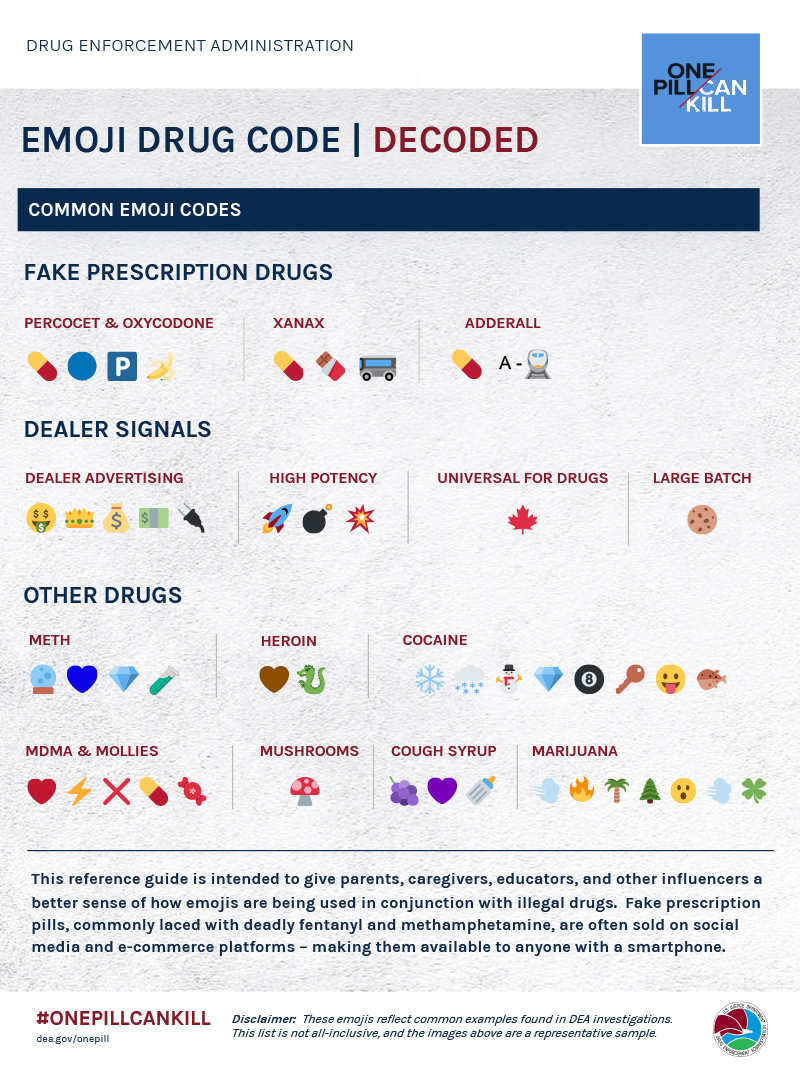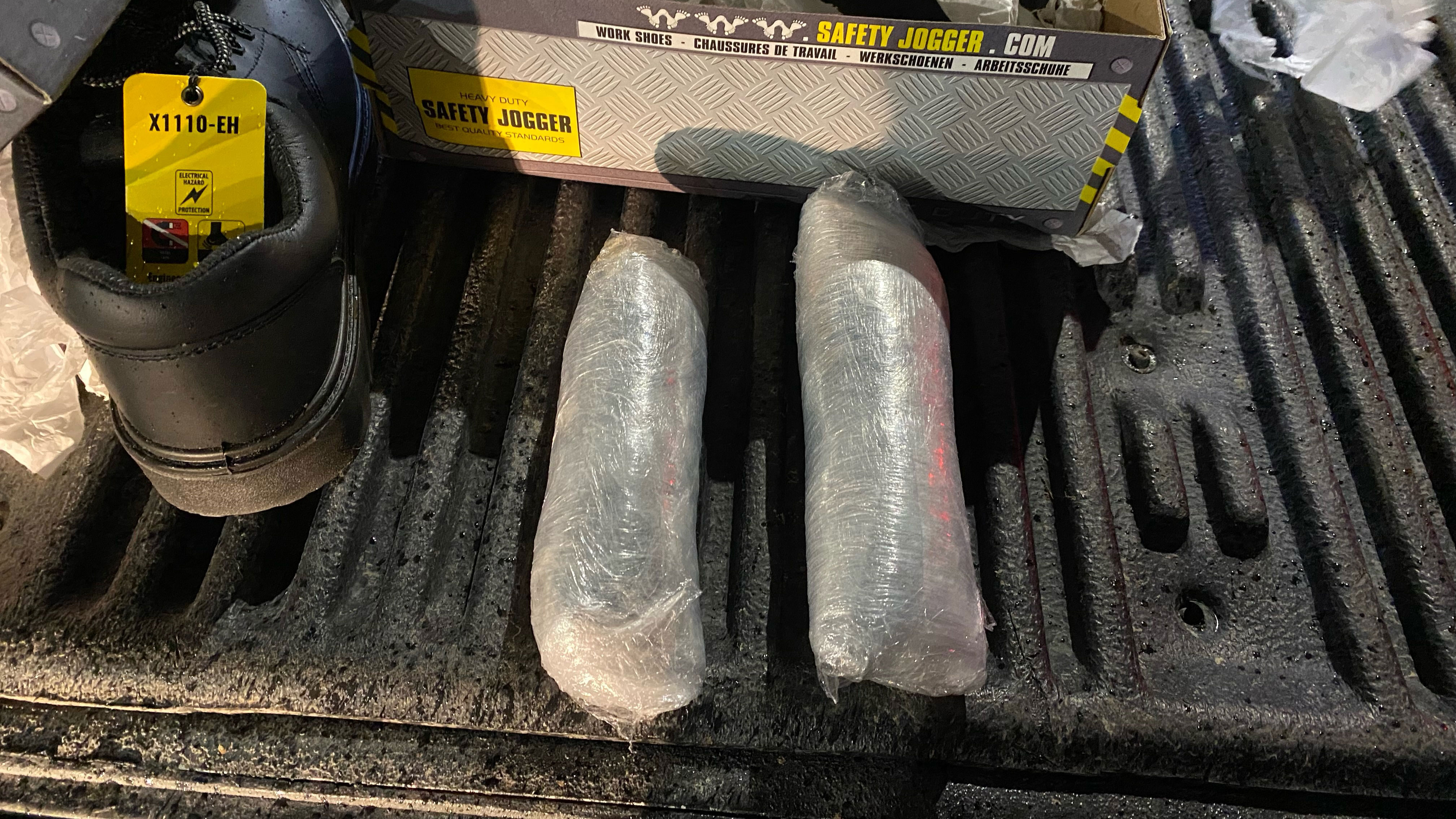The Department of Justice announced Wednesday the arrest of a third person described as the "main source of supply" in nearly a dozen fentanyl overdoses among juveniles in the Carrollton-Farmers Branch area.
United States Attorney Leigha Simonton said 22-year-old Jason Xavier Villanueva was arrested Tuesday by Carrollton Police and the DEA and said he has been federally charged with conspiracy to distribute fentanyl.
Villanueva, the DOJ said, allegedly worked through a juvenile dealer to supply fentanyl-laced pills to 21-year-old Luis Eduardo Navarrete and 29-year-old Magaly Mejia Cano, the pair arrested last week and accused of dealing fentanyl to kids in the Carrollton-Farmers Branch ISD, and was a "main source of supply" of fentanyl in the overdose cases.
Villanueva made his initial appearance in federal court Wednesday afternoon. It's not clear if he's obtained an attorney. Navarrete and Cano were charged with conspiracy to distribute controlled substances last week and remain detained pending trial. If convicted, each faces up to 20 years in federal prison.
Get top local stories in DFW delivered to you every morning. >Sign up for NBC DFW's News Headlines newsletter.
Investigators believe Villanueva, Cano and Navarrete are linked to as many as 10 juvenile overdoses among students, three of which were fatal. The overdoses occurred over a six-month period and involved students ages 13-17.
Villanueva also allegedly transacted directly with some of the juveniles directly through social media, Simonton said.
Those who survived the overdose suffered temporary paralysis, intubation and other medical traumas that will remain with them for some time, Simonton said.
The DOJ warned the pills being sold were blue and round and inscribed with "M-30" and looked just like regular prescription pills but contained fentanyl.
"In some cases, traffickers are pressing fentanyl into counterfeit pills without their buyer's knowledge. It is a hidden lethal threat in those pills. Fentanyl is significantly cheaper and easier to produce than other drugs and it's highly addictive. Many traffickers think nothing of secretly substituting in fentanyl for another drug, oxy, Xanax, or even meth or heroin if they think they'll turn a bigger profit," Simonton said. "Make no mistake, unless it comes from a licensed medical provider, that pill your child thinks is Percoset, OxyContin, Xanax, or Adderall, may actually be fentanyl. And if it is fentanyl, chances are even a small part of one pill may be deadly."
Simonton urged parents to have frank conversations with kids about the dangers of taking pills, especially those that didn't come from a pharmacist or doctor. She also warned parents to pay attention to social media use and coded language or slang that could mask discussions about drugs.
The DOJ said the pills are often referred to by slang terms like “percs,” “yerks,” “blues,” "China girls," "TNT," or “M-30s.”
"Of course, if you are aware of someone dealing fentanyl or any other pills to kids, report it to law enforcement right away," Simonton said, adding that the DOJ was committed to fighting the fentanyl epidemic.
Simonton was joined by DEA Dallas Special Agent in Charge Eduardo Chávez and Carrollton Police Chief Roberto Arredondo in Wednesday's announcement.
“Fentanyl does not discriminate by age, race, gender, or socio-economic status. Its addictive properties cannot be compared to anything else on the streets today. The overdose and poisoning margin of error between life or death is microscopic,” Chávez said at the press conference. “We all have a role in this fight. Because it is a fight. It is a fight for our families, it is a fight to curb substance abuse, and it is a fight to hold criminal drug networks accountable for their actions.”
“We take this seriously in our community; we will leave no stone unturned to ensure the safety of our children,” said Arredondo.
Advocates have pushed that curbing the problem requires both parents and educators to talk with kids.
That's why Christina Pena has fought tirelessly to get in front of crowds, like one at a meeting last week in Carrollton, ever since losing her daughter, 21-year-old Angelina rogers, to fentanyl in 2020.
WHAT IS FENTANYL?
Fentanyl is a synthetic opioid that is 50 times more potent than heroin and 100 times more potent than morphine. Just two milligrams of fentanyl, which is equal to 10-15 grains of table salt, is considered a lethal dose.
Without laboratory testing, there is no way to know how much fentanyl is concentrated in a pill or powder. If you encounter fentanyl in any form, do not handle it and call 911 immediately.
Fentanyl remains the deadliest drug threat facing this country. According to the Centers for Disease Control and Prevention, 107,622 Americans died of drug overdoses in 2021, with 66% of those deaths related to synthetic opioids like fentanyl.
Drug poisonings are the leading killer of Americans between the ages of 18 and 45. Fentanyl available in the United States is primarily supplied by two criminal drug networks, the Sinaloa Cartel and the Jalisco New Generation Cartel (CJNG).
WHAT IS RAINBOW FENTANYL?
In August 2022 the Drug Enforcement Administration issued a public advisory about the alarming emerging trend of colorful fentanyl available nationwide.
Brightly-colored fentanyl, dubbed "rainbow fentanyl" in the media, is being seized in multiple forms, including pills, powder, and blocks that resemble sidewalk chalk.
“Rainbow fentanyl—fentanyl pills and powder that come in a variety of bright colors, shapes, and sizes—is a deliberate effort by drug traffickers to drive addiction amongst kids and young adults,” said DEA Administrator Anne Milgram. “The men and women of the DEA are relentlessly working to stop the trafficking of rainbow fentanyl and defeat the Mexican drug cartels that are responsible for the vast majority of the fentanyl that is being trafficked in the United States.”
Despite claims that certain colors may be more potent than others, there is no indication through DEA’s laboratory testing that this is the case. The DEA said every color, shape, and size of fentanyl should be considered extremely dangerous.
EMOJI DRUG CODES
As part of their #OnePillCanKill campaign, the DEA released this reference guide on how common emojis are being used on social media platforms to advertise the sale of illegal drugs. According to the DEA, fake prescription pills, commonly laced with deadly fentanyl and methamphetamine, are often sold on social media and e-commerce platforms.

These emojis reflect common examples found in DEA investigations. This list is not all-inclusive, and the images are a representative sample, according to the DEA.




